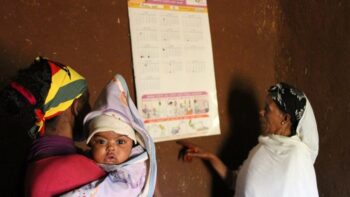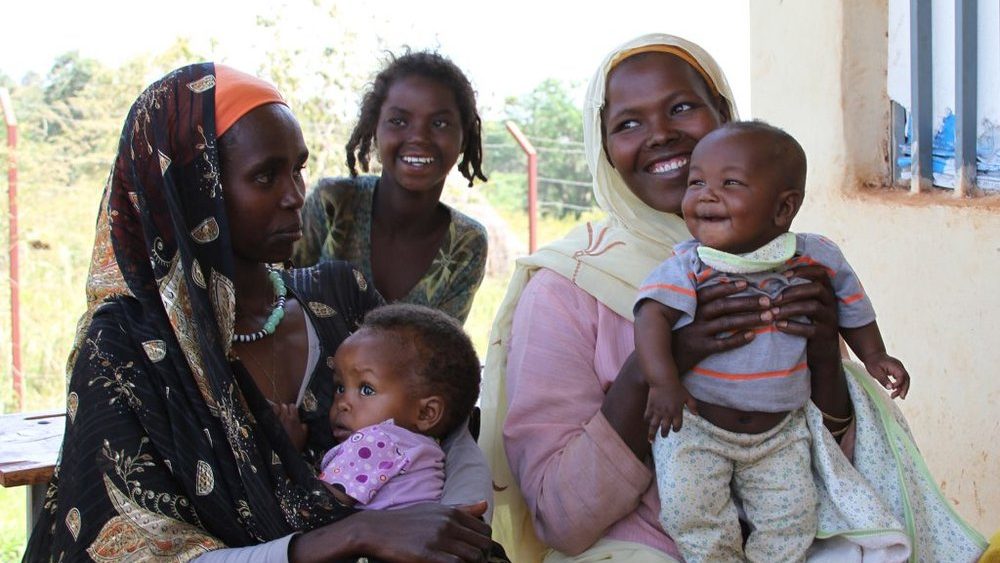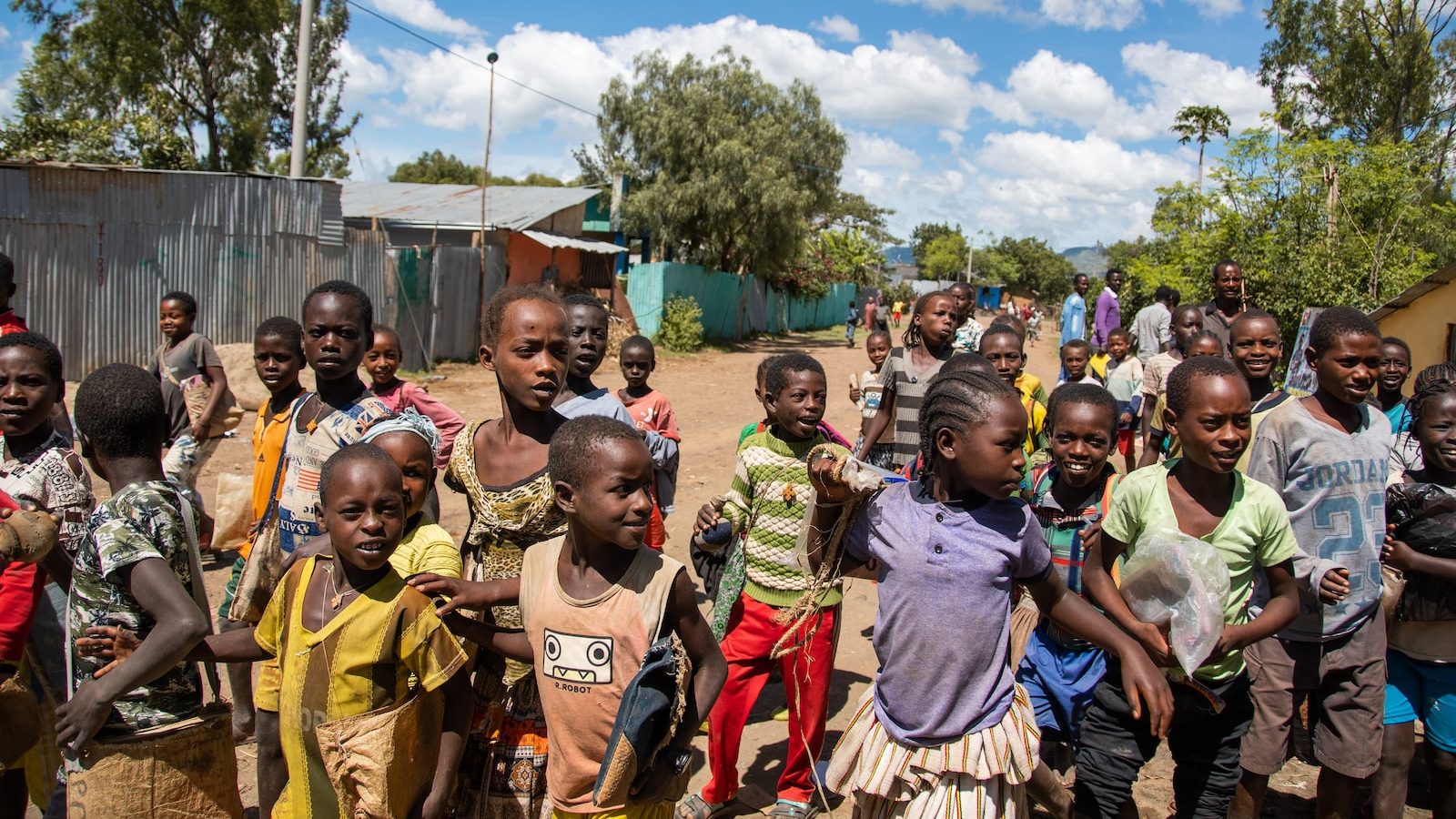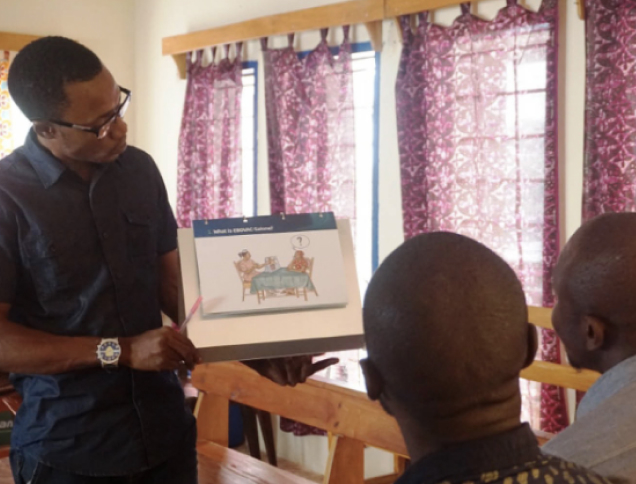Overview
Approximately 1 in 5 African children do not receive all the necessary and basic vaccines, leaving them at risk of preventable disease. In Ethiopia, the situation is even worse, with a national average of only 37% coverage for pentavalent 3 (penta 3) vaccination, where 13% of infants received no vaccines at all. This project and accompanying evaluation particularly focused on Benishangul Gumuz Regional State (BGRS) where the coverage for penta 3 vaccination was 41.7% in 2011.
To help tackle this issue, The International Rescue Committee (IRC) developed a multi-pronged community engagement strategy (‘The Fifth Child Project’) to close the immunisation gap in Benishangul Gumuz Regional State in north-west Ethiopia. The VCP led the formative evaluation of the ‘Fifth Child Project’ together with colleagues at the IRC, finding that the strategy played a significant role in addressing the immunisation gap, while creating some unexpected by-products.
This formative evaluation was made possible by funding received by the IRC from the International Initiative for Impact Evaluation (3ie).
Community engagement strategies
Increased attention is being paid to the role of community engagement strategies to address low and stagnating vaccination rates. The International Rescue Committee (IRC) developed a multi-pronged community engagement strategy (‘The Fifth Child Project’) to close the immunisation gap in Benishangul Gumuz Regional State in north-west Ethiopia. The project introduced a defaulter tracing system, and a colour-coded health calendar for mothers (Enat Mastawesha); involved existing health infrastructures (Health Extension Programme and the Health Development Army) and fostered community co-management of vaccination activities.
Evaluation methods
The VCP led the formative evaluation of the ‘Fifth Child Project’ together with colleagues at the IRC, focusing on the project integration into the health system, utilisation and acceptability, community co-management, and contribution to improving routine immunisation system performance. Routine immunisation data from two districts was analysed; and a series of interviews, focus groups and observations of project activities were conducted in three kebeles within these districts from May-July 2016.
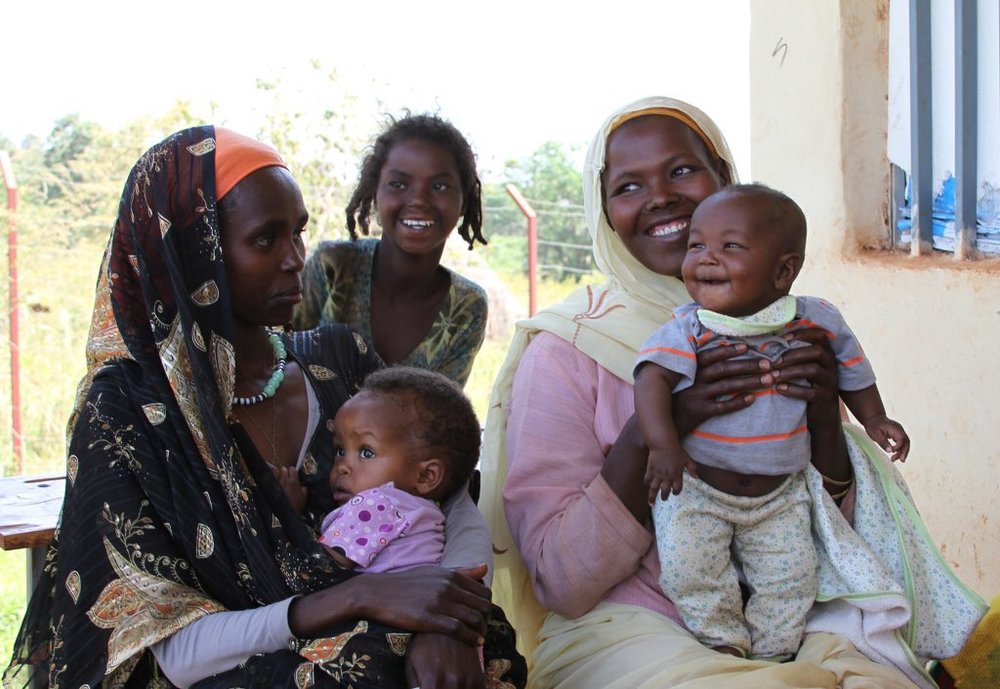
Photo credit: Anna Kim, IRC
Impact
The formative evaluation found that the ‘Fifth Child Project’ introduced new ways of working which helped health workers identify and connect with hard to reach families. Project tools decreased health workers workload and the calendar enabled mothers to maintain better control over their children’s health. It also operated as a catalyst for health-related discussions within families and enabled more personalised interactions with health workers. Varying levels of support from kebele leaders were reported and there was a lack of clarity about their role in defaulter tracing. We also found evidence of community-agreed sanctions (monetary fines and cautions by local court) for non-compliance with the infant vaccination schedule. Interviewees wanted the project to expand but highlighted the need for infrastructural investment to improve the performance of the immunisation programme. Increased immunisation coverage was observed but cannot be attributed solely to the project.
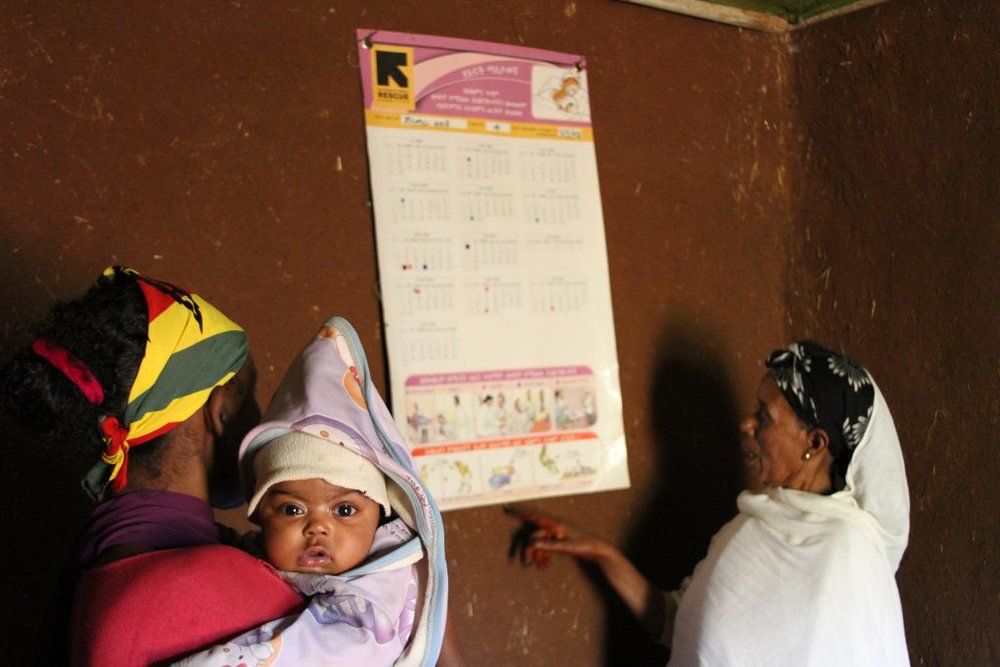
Photo credit: Anna Kim, IRC
The project was well integrated within the Health Extension Programme and successful at engaging community members at household and kebele command post level. Whilst community co-management activities merited strengthening, the establishment of community-agreed sanctions were evidence of community ownership, even though they constituted an ethical conundrum.
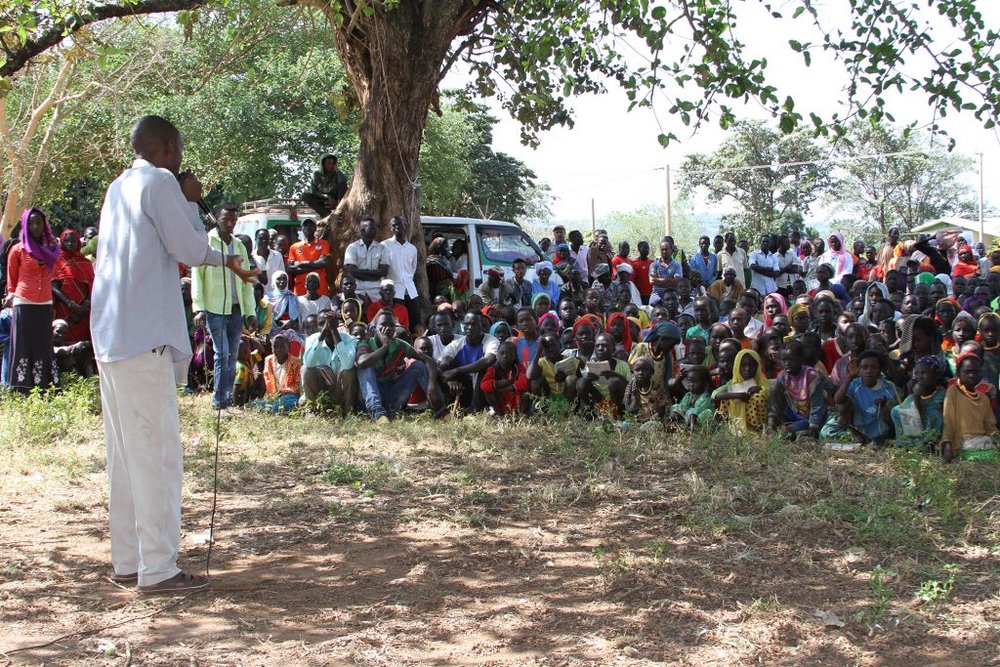
Photo credit: Anna Kim, IRC

